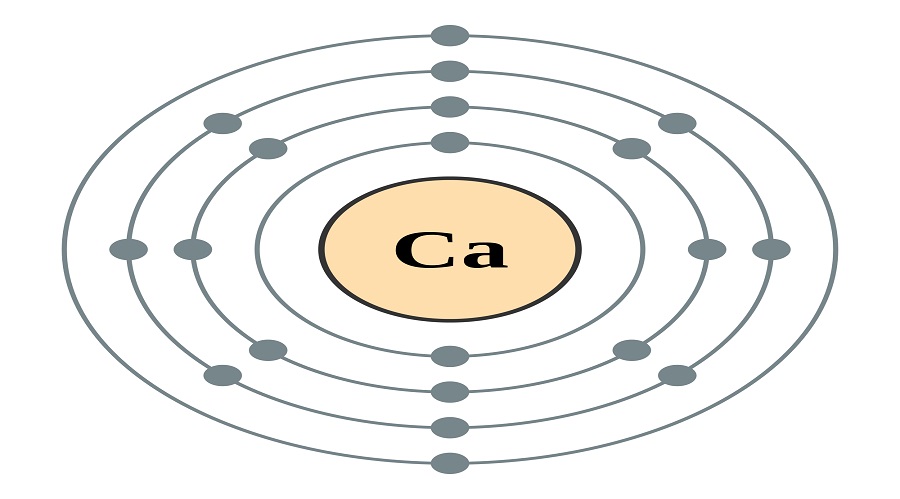Grease Industry Trending Toward Calcium
The grease industry’s use of calcium thickeners is on the rise, spurred by a search for alternatives to increasingly expensive lithium and performance advantages of thickener types such as calcium sulfonate.
From 2014 through 2017, the percentage of grease made with calcium soap thickeners overall rose from 9.7 percent use to 11.3 percent globally – a 16.4 percent raise – in the past four years, driven by growth in use of anhydrous and calcium sulfonates. The volume of grease made with calcium soap rose almost 20 percent since 2014 in North America – from accounting for just over 9 percent of total lubricating grease to just under 11 percent.
The numbers may not seem groundbreaking at first. However, Jeff St. Aubin, technical director at Axel Americas LLC, explained that change in the lubricating grease industry comes at a “glacial” pace. “We seldom see anything that is in one, two, three years a significant change. It takes longer,” he told Lube Report.
He pointed out that polyurea grease was first surveyed in the late 1970s at a little over 2 percent [of total lubricating grease demand in North America], and has just now reached approximately 6 percent in 2017.
“Traditional anhydrous calcium greases have increased in the last two years because grease makers in parts of the world have not been able to source lithium,” Gareth Fish, strategic technology manager at Lubrizol Corp., told Lube Report. “However, the level of anhydrous greases is still below what it was five years ago.”
Lithium is still the predominant thickener category throughout the industry, but its use is decreasing. Lithium derivatives were used in 74.4 percent of greases in 2017, down from 77 percent in 2014, according to the National Lubricating Grease survey. Industry insiders say that trend is due to sharp increases in costs of lithium, the result of fast rising demand for lithium-ion batteries used in electric cars.
Anhydrous grease production has risen globally from approximately 2.8 percent of total lubricating grease in 2014 to about 4 percent in 2017, a 40 percent increase in production volume. North America saw an even bigger rise – 61.7 percent – in anhydrous grease production volume over the past four years.
On the other hand, Fish explained, the volume of lubricating grease made with calcium sulfonate has increased since the end of the last recession in 2009, from 12,000 tons per year to 35,000 t/y in 2017. “We have seen greater demand for our calcium sulfonate grease precursor technology,” he said. Calcium sulfonate makes up just above 3 percent of total thickener types globally, up from approximately 2.4 percent in 2014, a 27 percent increase. Its rise in North America wasn’t quite as prolific – about 7.6 percent – but calcium sulfonate greases have a higher share in the region than globally at about 6.5 percent.
The two other types of calcium soaps, calcium complex and hydrated calcium grease thickeners, are in “terminal decline,” according to Fish, because calcium sulfonates and anhydrous greases perform better than their counterparts.
“Calcium soap grease’s primary benefit is in water resistance,” said Fish. “Calcium sulfonate and calcium sulfonate complex greases have significant advantages over other thickener types, with respect to temperature resistance, load carrying and rust resistance.”
St. Aubin described calcium sulfonate greases as “good to excellent performing greases,” which have anti-wear properties and rust and corrosion protection inherent to the thickener system. “Calcium sulfonate brings good to excellent properties that other thickeners require additives to do,” he explained.
Anhydrous is a more usable grease in most applications, as well. Calcium hydrated greases require water to help keep the grease together. As the grease loses water, it becomes thinner, making it unusable in hot applications. Anhydrous doesn’t have this “tie water.” Instead, it is held together by calcium 12-hydroxystearate grease and doesn’t boil away when approaching high temperatures.
There are also cost and supply considerations when searching for alternatives to lithium greases. “Calcium is readily available, considered more environmentally friendly and more economical,” said Fish.
“It comes down to the lithium price and availability,” explained St. Aubin. “When the lithium price essentially doubled, that got everybody’s attention. The grease manufacturers had to figure out, ‘I can’t get lithium, how do I serve the market?’ The obvious answer is ‘what thickener can bring similar or better properties?’ And that’s calcium.”
There are limitations that have to be addressed, such as the NLGI’s LB specification for chassis grease, in which calcium sulfonate has to be brought in rather than anhydrous. This means grease manufacturing companies want to offer both calcium sulfonate and anhydrous thickener systems. “Otherwise you’re going to polyurea, and companies wouldn’t want to bring in systems like that if they don’t have them already. Anhydrous calcium and calcium sulfonates are the go-to, straight-forward path if lithium isn’t available,” said St. Aubin.
With the electric vehicle market’s continuing growth is leading to rising battery demand, lithium greases could stay on the decline, opening the door to a larger market share for calcium greases.
“When we look at global numbers, [calcium soaps] have 11 percent of the market, which in my mind is a significant market share,” said St. Aubin.
“How anhydrous calcium greases fair depends on the availability and supply of lithium to markets like India and China,” said Fish. “With the elevated cost of lithium due to battery demand, calcium sulfonates are now cost competitive with lithium complex greases and in many cases have better properties. Calcium sulfonates use will only grow.”
Source:https://pubs.lubesngreases.com/lubereport-americas
/1_54/specs/Grease-Industry-Trending-Toward-Calcium-14363
-1.html?ET=lubesngreases:e1152:31165a:&st=email

